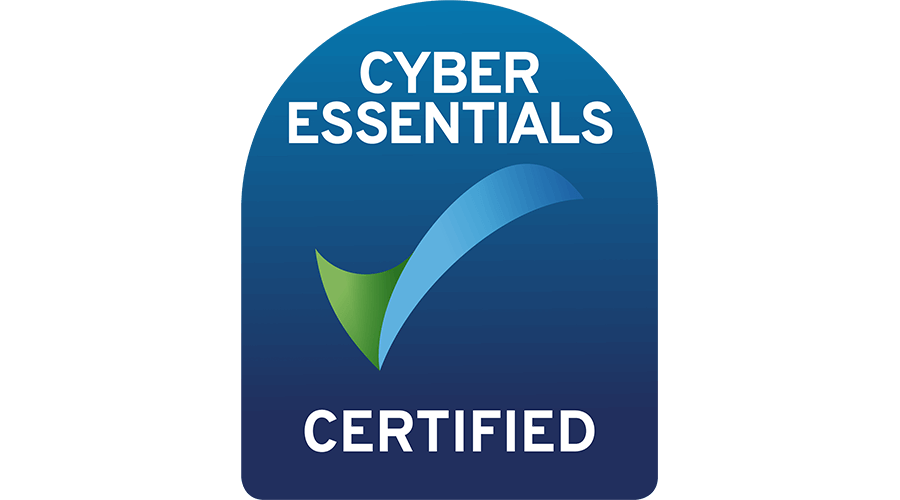What we have found out about the lives of people with a learning disability during Phase 2 of the Coronavirus and People with a Learning Disability Study
This article shares what people have told us about what their lives have been like during coronavirus. It features risk, vaccines, digital lives and access to health and social care services and the impact of caring. 5 Briefings have been published to share these findings. Summaries and links are found below.
In part 2 of the study 183 people with a learning disability (group 1) were interviewed which increased from 149 people. However, the number of people completing an online survey on behalf of a person with a severe or profound learning disability (group 2) decreased from 77 to 51.
Risks and Coronavirus
1 in 7 people in group 1 had been tested for Covid-19 in the month before their interview. 10% of these were confirmed as having Covid-19.
Paid support staff or family members used personal protective equipment (PPE) such as masks, gloves and aprons for 70% in group 1 but only 40% in group 2. It is unclear why this difference occurred.
70% of group 1 and 80% of group 2 were living in services that had imposed restrictions on visitors. Although many understood the need for restrictions, not everyone did. One team leader in a college for people with learning disabilities and autism reported that some students were unable to understand the restrictions and blamed staff for not being able to see their family. This has resulted in relationships breaking down between staff and students.
Although some people with a learning disability were concerned about going out, in the week before the interviews 80% of group 1 had gone shopping for food or medicine. This reduced to 20% for group 2. Regulations required people to wear face coverings when in a shop but 20% of people with a learning disability told researchers that they were exempt from wearing a mask and this increased to 50% of people with severe and profound learning disabilities.
Read the easy read briefing on risks here (PDF).
Vaccinations
90% of people in group 1 had received1dose of the vaccination while 30% had received both doses. 17% of people said it was hard to get an appointment for the vaccination because their learning disability was not recorded in their notes. Experiences of receiving the vaccine improved if the individuals were accompanied by a family carer/support staff and if the people giving the vaccine took time to speak to individuals and explain what was going to happen. Some were unable to cope with going to a big vaccination centre, so received the vaccination at home or sitting in a car outside a surgery.
Read the easy read briefing on vaccinations here (PDF).
Digital lives
98% of people in group 1 and 100% of people in group 2 had the internet at home. 33% of those in group 2 used the internet and this increased to 92% of group 1. This does not necessarily mean everyone was able to use the internet independently and whenever they wanted to. 98% of people in group 1 had a phone they could use while 41% of people in group 2 had a phone they could use with help.
Read the easy read briefing on digital lives here (PDF).
Access to health and social care services
People with a learning disability rely on contact with their GP, community or learning disability nurse, and/or social worker to maintain their health and well-being.
In the 4 weeks prior to interviews or completing the survey, 33% of group 1 and 38% of group 2 had contact with a GP. Unsurprisingly, a higher percentage of people in group 2 (25%) had contact with a community or learning disability nurse than those in group 1 (13%). However, it was more surprising that just 23% of group 2 had contact with their social worker compared to 36% of group 1.
Access to day services and community activities is important for people with a learning disability so they can meet people outside their home environment, participate in activities and expand their social networks. It also gives family carers a break. In the 4 weeks before their interviews, 37% of group 1 but only 23% of group 2 who usually attended a day service had been accessed this.
51% of group 1 but only 15% of group 2 attended advocacy groups online. One parent whose son lives in supported living accommodation reported that he finds it difficult to engage fully via Zoom and not being able to see his family and other people in person resulted in his mental health suffering as did the mental health of the rest of the family.
24% of people with a learning disability reported that they had a direct payment. Of these, almost 1 in 5 (17%) felt that they were paying for a service they were not currently getting. Family carers/support workers reported that 40% of people with severe and profound learning disabilities had a direct payment and half of these were paying for services they were not receiving. It is unclear whether refunds will be made for services not provided.
Only 7% of group 1 and 13% of group 2 received a short break or respite. The fact that the number of people with a learning disability who were able to access a short break or respite was so low is likely to have had a negative impact on both individuals and their family carers.
Read the easy read briefing on accessing services here (PDF).
Impact of caring
66% of the family carers and paid support staff said that, in the 4 weeks before they completed the survey, they had enjoyed good health. However, 60% said that they had been feeling tired while the same percentage felt stressed. These are some of the things that they told us might help them:
- “Clarity about how to stay safe as we move into a new stage. Many people are vaccinated but we still need to be careful”
- “Resume services so I can have a good night’s sleep and have some time to myself to go for a nice walk”
- “If the care home was more flexible and did individual risk assessments, he may have been able to have some contact with us”.
Read the easy read briefing on caring here (PDF).
Phase 3 of the study is now underway. Those who took part in phase 1 and 2 should have received emails inviting them to take part in the final phase of the study.



 >
>
 >
>
